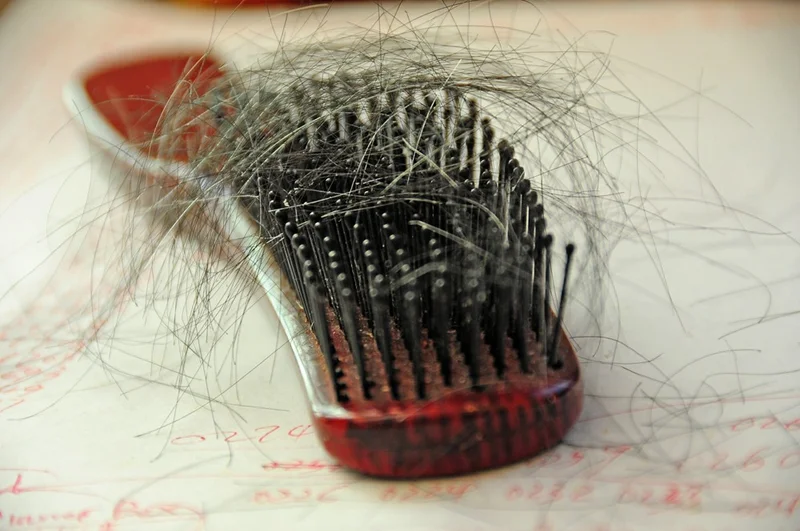Hair Loss can occur due to a variety of reasons. For example, environmental and genetic factors can cause it. However, hormones, mainly DHT, also play an integral role in hair loss.
Typically, male pattern balding is related to DHT and aging. It occurs primarily in men but can take place in women too. For example, in the US, 50 million men and 30 million women suffer from this type of hair loss.
Here is everything you need to know about DHT and hair loss.
Table of Contents
DHT: What Is It?
Dihydrotestosterone (DHT) is a type of hormone that is an androgen. It results in the development of male sex characteristics. However, it is also related to hair loss.
Many scientists have made a connection between DHT and male pattern baldness. This is one of the many reasons why some hair loss treatments are built to target this hormone.
The Three Hair Growth Cycle Phases
Before we dive into the specifics of DHT and hair loss, you must understand the hair growth phases. Here is what you need to know about them:
- Anagen
This is the typical growth phase of hair which lasts from two to six years. During this period same hair grows from the follicle beneath the skin.
- Catagen
This typically occurs for two weeks only. During this time, hair follicles around the body renew themselves.
- Telogen
This is the resting phase of the hair growth cycle. It results in the follicle being dormant for one to four months. So no new hair grows during this period.
DHT And Hair Loss
Hair grows from follicles that are located beneath the skin. In a typical growth cycle, when telogen ends, new hair grows. This marks the beginning of anagen again, and the cycle repeats. However, DHT can prevent this from happening.
When the levels of DHT are high in the body, it causes the follicles to reduce in size. At the same time, the period of anagen decreases, so lesser hair growth takes place. Besides that, it also increases the telogen phase.
Due to these three factors, hair grows at a slower rate. Not only that, but the new ones are weaker and fall off easily. Eventually, there comes a time when the anagen phase becomes too short. As a result, hair does not grow long enough to go out of the skin surface.
Moreover, the resting phase also becomes extended. This means that new hair cannot grow as long as DHT levels remain high. The old ones eventually fall or die, and androgenic alopecia (male/female pattern balding) occurs.
Final Words
DHT is a vital sex hormone that can have a significant impact on hair loss. If baldness runs in your family genetics, then you will be more prone to baldness caused by DHT.
The good news is that there are many treatments that can help you tackle hair loss by DHT. However, not all shampoos may be effective for you. So before taking any step, you should consult your doctor.
Read Also: What Hormone Causes Hair Loss? 5 Things to Know

